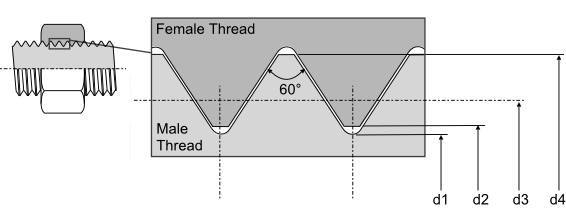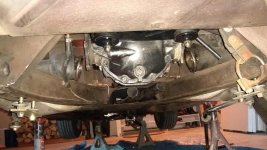Offline
This question is actually about the Nissan R200 differential I plan to put in my TR250. But it is also a general tech question. I am told, similar to a TR diff, if you want to remove the input flange you need to mark exactly where the nut holding the flange on and replace exactly to that spot, sounds good but I have some questions, which all revolve around best way to do this right. So I can mark the nut and the attaching point to match up later, but 1) does the nut have to start the same place every time when you put it back on, will it also start 180 degrees out for example, the being 180 degrees out when I get to the mark? 2, I see no problem with lining up the marks on reinstall, but how do I know if I am sure I am not one turn too far out or in even though lined up correctly on the nut and differential input shaft. Am I overthinking it? Is there a simple test or method I am missing? Thanks
Last edited:

 Hi Guest!
Hi Guest!

 smilie in place of the real @
smilie in place of the real @
 Pretty Please - add it to our Events forum(s) and add to the calendar! >>
Pretty Please - add it to our Events forum(s) and add to the calendar! >> 


